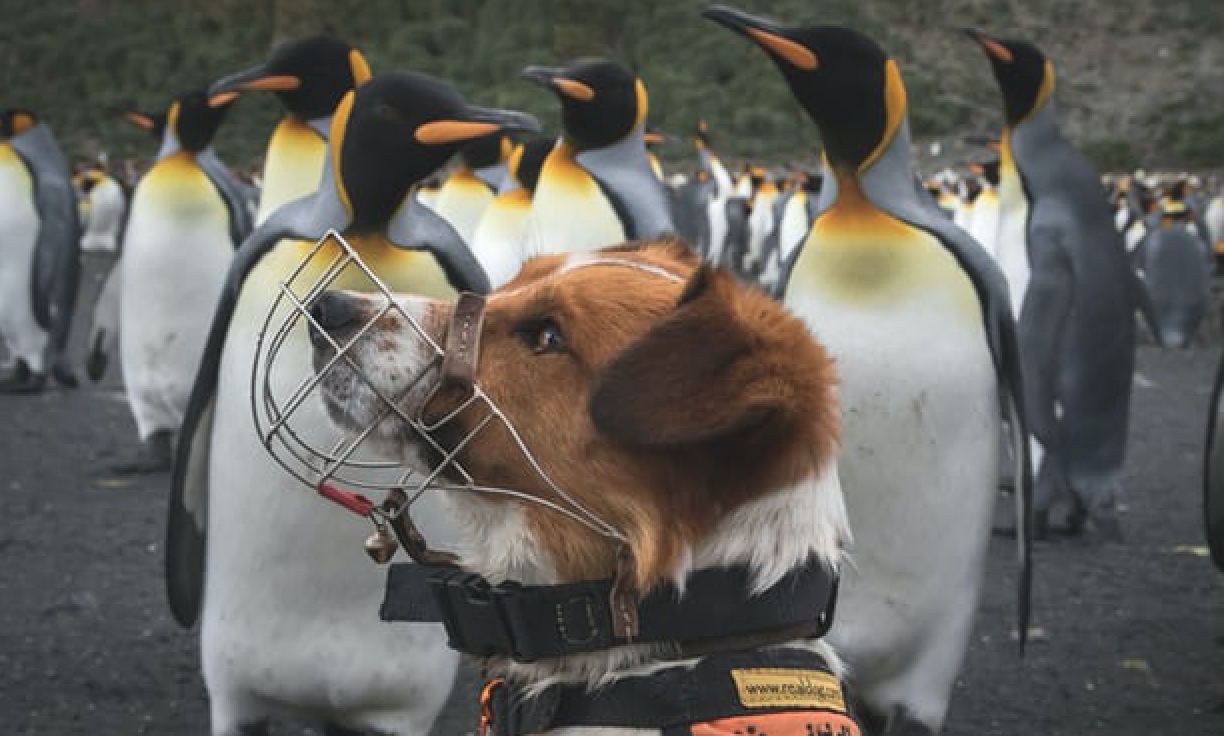Can we fix it? How New Zealand’s islands are the key to conservation

New Zealand is seen as a global leader in island pest eradication and control, and there’s plenty of opportunity to aunt it with over 600 nearshore islands. From the almost subtropical Kermadecs to the Subantarctic Campbell Island group, a number of the islands show what almost unmodified New Zealand ecosystems could look like. ey host one of the world’s most diverse range of seabirds – from tropic birds to penguins – and are the last refuge for animals and plants, including tuatara, lizards and some large invertebrate like the wetapunga.

But however close to untouched, human exploration and settlement has left its legacy. Because of this, DOC manages about 220 islands larger than five hectares and hundreds of smaller islands and rock stacks. With years of trapping, poisoning and control, 100 islands are now pest free, and pests have been removed from almost all of DOC’s 50 island nature reserves, many of which are internationally acclaimed for their conservation projects focused on species such as the black robin, ka?ka?po? and tuatara.
Those islands include a number in the Hauraki Gulf Marine Park, Bay of Islands, Chatham Islands and in the Subantarctic area. Recently the government announced its plan to eradicate pests from the 46,000 hectare Subantarctic Auckland Island, the most ambitious island pest eradication programme so far. Conservation minister Eugenie Sage said $2 million would be dedicated to planning and understanding the scale and complexity of the problem, 41 and would help guide funding decisions about eradicating pigs, cats and mice. DOC is working closely with Nga?i Tahu.
She said the decision to proceed would require a long-term commitment of resources and effort, with early estimates suggesting eradication could cost up to $50 million. The effort would cement the country’s reputation as a world leader in predator control, she said.

Bait dropping on Antipodes Island
Antipodes Island, also in the Subantarctic, was recently declared predator free after a years-long effort protecting the bird and insect life from mice, and South Georgia Island experienced the same success last month. Although a British territory, New Zealand’s world-renowned island conservation expertise was called on to rid the island of rodents for the first time in 200 years, employing the skills of Kiwi field biologists and planners, and three dedicated Northlanders.
DoC dog handler Miriam Ritchie and her four-legged companions Will and Ahu spent months trekking hundreds of kilometres across the rugged island searching for rodents that survived aerial poison drops. And, in the future, should genetic manipulation be deemed safe, it seems like these pests are on a hiding to nothing and will be no match for human ingenuity.
STAYING AFLOAT

It’s not just freshwater species on our islands that need help, with the critically endangered Maui’s dolphin having a population of only 63 adults.
Over the last 10 years, restrictions have been placed on set nets, trawling and drift nets, and a marine mammal sanctuary has been established on the west coast of the North Island. A number of conservation organisations have run campaigns raising awareness about the dolphins, and the Endangered Species Foundation of New Zealand are currently working with the fishing industry to change to dolphin-safe fishing techniques.
Senior technical advisor Mike Thorsen says it was only in 2002 that scientists realised the Maui’s dolphin was a distinct subspecies from the Hector’s, and that it was critically endangered.
“Conservation in the sea is very difficult because there are so few animals in such a large area where we cannot look easily.”
He says New Zealand has long been a world leader in conservation and he thinks we still are.
On a day-to-day basis, he says the key actions we can take are recycling plastics, keeping water free of pollutants, riparian planting, taking only what we need, and supporting conservation organisations including councils and the Government.




